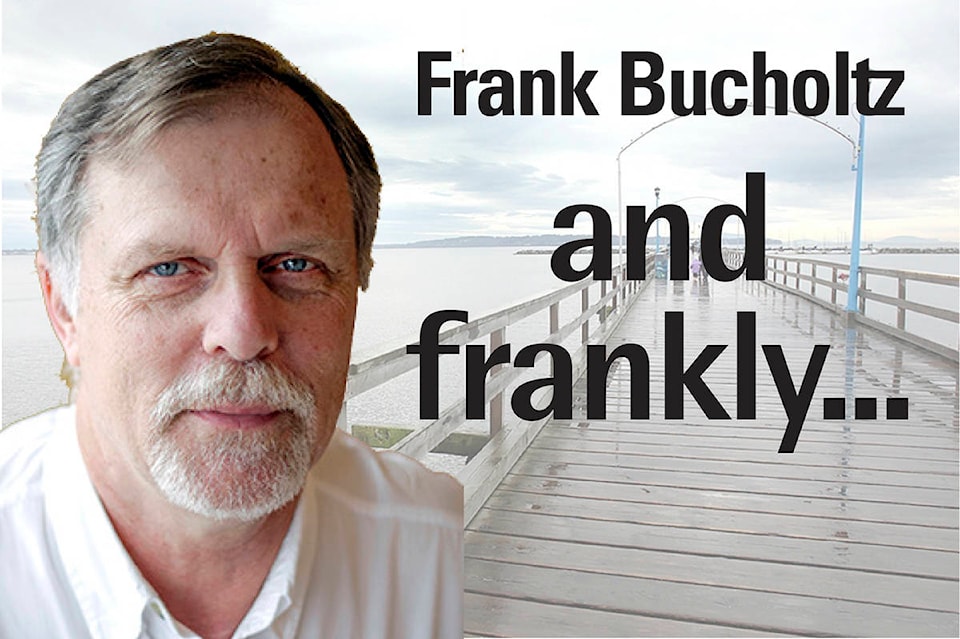The business case for SkyTrain along Fraser Highway to Fleetwood, Clayton and Langley City has been made – and it’s a strong one. The line will be a key element in helping move the additional 420,000 people expected in the South of Fraser region between now and 2050.
On Jan. 30, the Mayors’ Council approved TransLink’s business plan and recommendation to proceed. The funds are already there to build from King George station to about 166 Street, and that portion of the line should be ready for passengers in about five years.
The next big step comes in Ottawa, as Mayors’ Council chair Jonathan Cote, Mayor of New Westminster and vice-chair Jack Froese, mayor of Langley Township, make the case to the federal government for more infrastructure funding to complete the line to Langley City. That meeting takes place this week. If the federal and provincial governments make more funds available for the line, the whole line could be built at once and this would save a substantial sum. Total cost of building the entire line is estimated at $3.12 billion.
The business case shows the benefit-cost ratio (BCR) of the line is 1.24. A BCR over 1.0 is considered good. The Canada Line project had a 1.25 BCR, and the Evergreen Line 1.27. This project is right in that range, and both those projects have been bigger successes than anticipated before opening.
As part of the business case, both Surrey and Langley City are going to revise a number of community plans to ensure that there is more density along the route. This is an important move. Higher densities along a rapid transit line ensure that there will be plenty of riders. People save time and money if they live near a transit line, and the quality of life can be higher. Surrey will prepare and adopt five new or revised land use plans along the route, and Langley City is updating its Official Community Plan.
The revised plans will also address job creation, non-market housing and assistance for homeless people in each of the areas. This is very important. Two-way traffic is most efficient, and that means there needs to be jobs all along the line. People who cannot afford market rents need to have opportunities to live near a rapid transit line, because they almost certainly do not have cars available to them as an alternative. Homeless people need a lot of help, which includes housing, but also skills training, counselling and health care.
An important part of building denser neighbourhoods is establishing bus feeder routes to the SkyTrain stations. In much of the area that the new line will go through, bus service is limited. The buses that do operate, particularly the 502 and 503 which run along Fraser Highway, are often very crowded. The SkyTrain line will be able to move about 6,800 people per hour in each direction, which is 10 times what the buses are capable of handling today.
The overall approach to making a business case and starting construction of this line has been thorough and reasonably time-efficient, considering that the plan was to build a LRT line between Newton and Guildford – until the October, 2018 municipal election. Mayor Doug McCallum was elected at least partially on his pledge redirect that money to SkyTrain, and most Surrey residents agree with that pledge.
Surrey will one day be B.C.’s largest city, as politicians often say. It can’t fulfill that role without a good rapid transit system, An extension of SkyTrain, and expansion of the bus system, is critical. Let’s get on with it.
Frank Bucholtz writes Wednesdays for Peace Arch News, as well as at frankbucholtz.blogspot.ca – email frank.bucholtz@gmail.com
